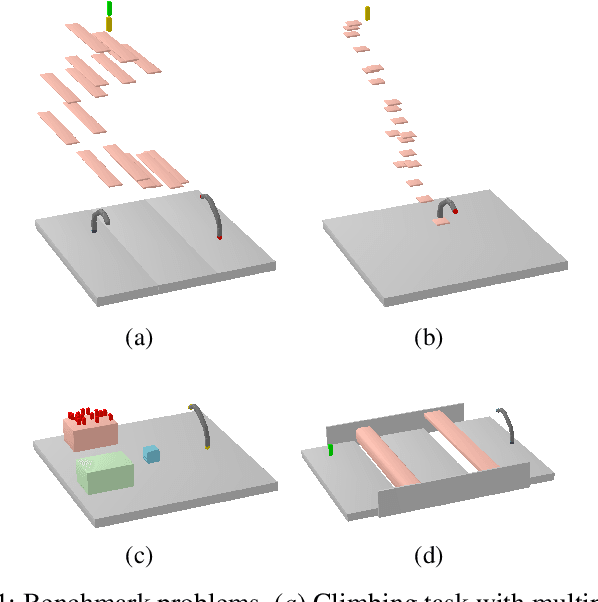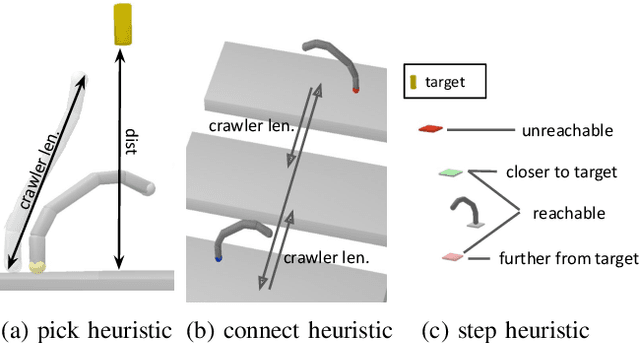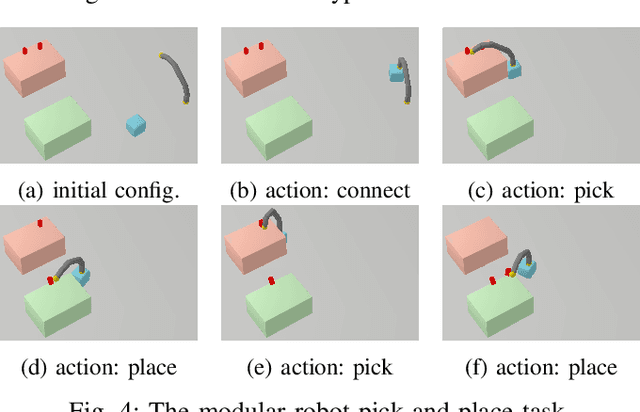RHH-LGP: Receding Horizon And Heuristics-Based Logic-Geometric Programming For Task And Motion Planning
Paper and Code
Oct 07, 2021



Sequential decision-making and motion planning for robotic manipulation induce combinatorial complexity. For long-horizon tasks, especially when the environment comprises many objects that can be interacted with, planning efficiency becomes even more important. To plan such long-horizon tasks, we present the RHH-LGP algorithm for combined task and motion planning (TAMP). First, we propose a TAMP approach (based on Logic-Geometric Programming) that effectively uses geometry-based heuristics for solving long-horizon manipulation tasks. We further improve the efficiency of this planner by a receding horizon formulation, resulting in RHH-LGP. We demonstrate the effectiveness and generality of our approach on several long-horizon tasks that require reasoning about interactions with a large number of objects. Using our framework, we can solve tasks that require multiple robots, including a mobile robot and snake-like walking robots, to form novel heterogeneous kinematic structures autonomously.
 Add to Chrome
Add to Chrome Add to Firefox
Add to Firefox Add to Edge
Add to Edge